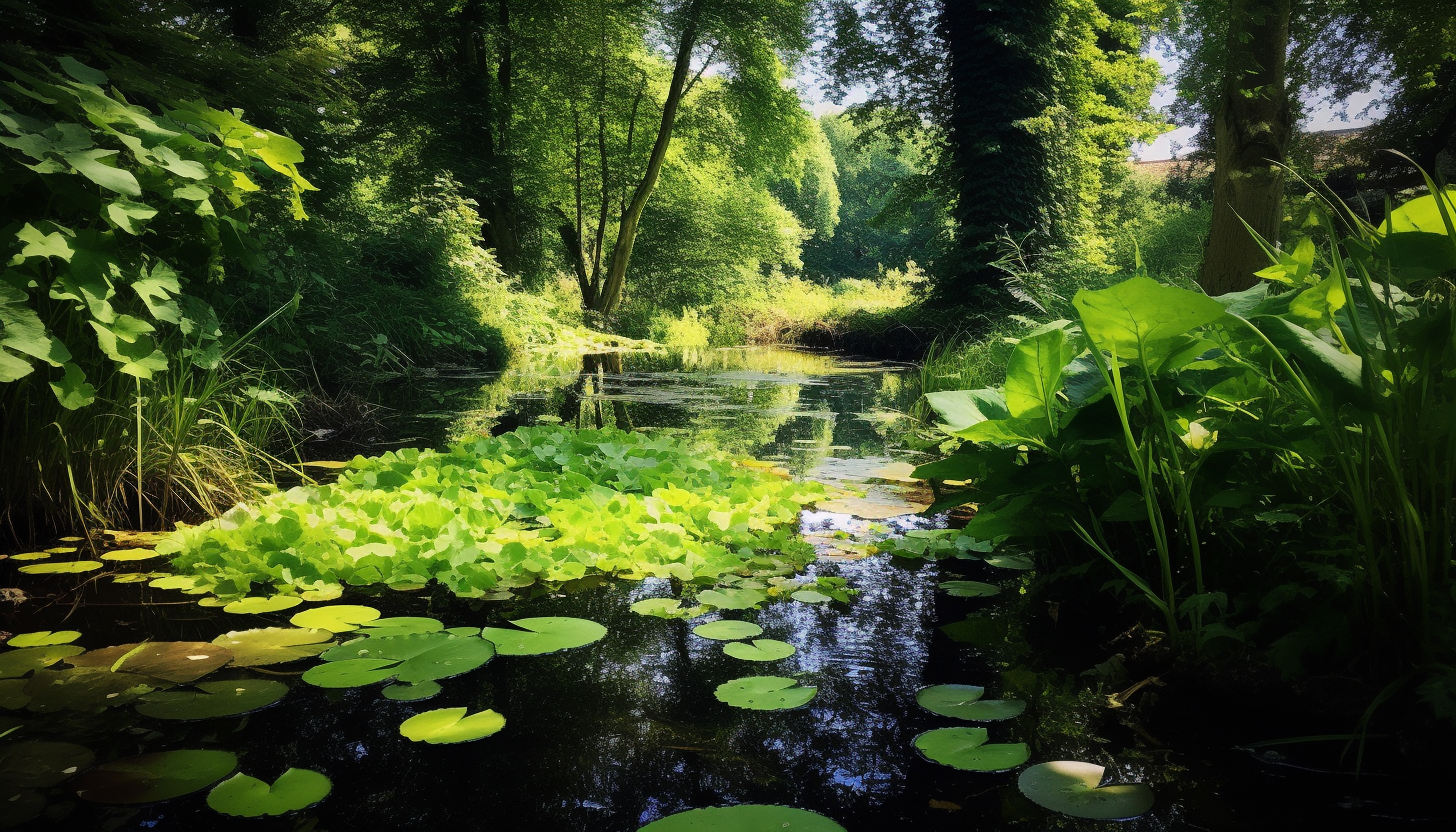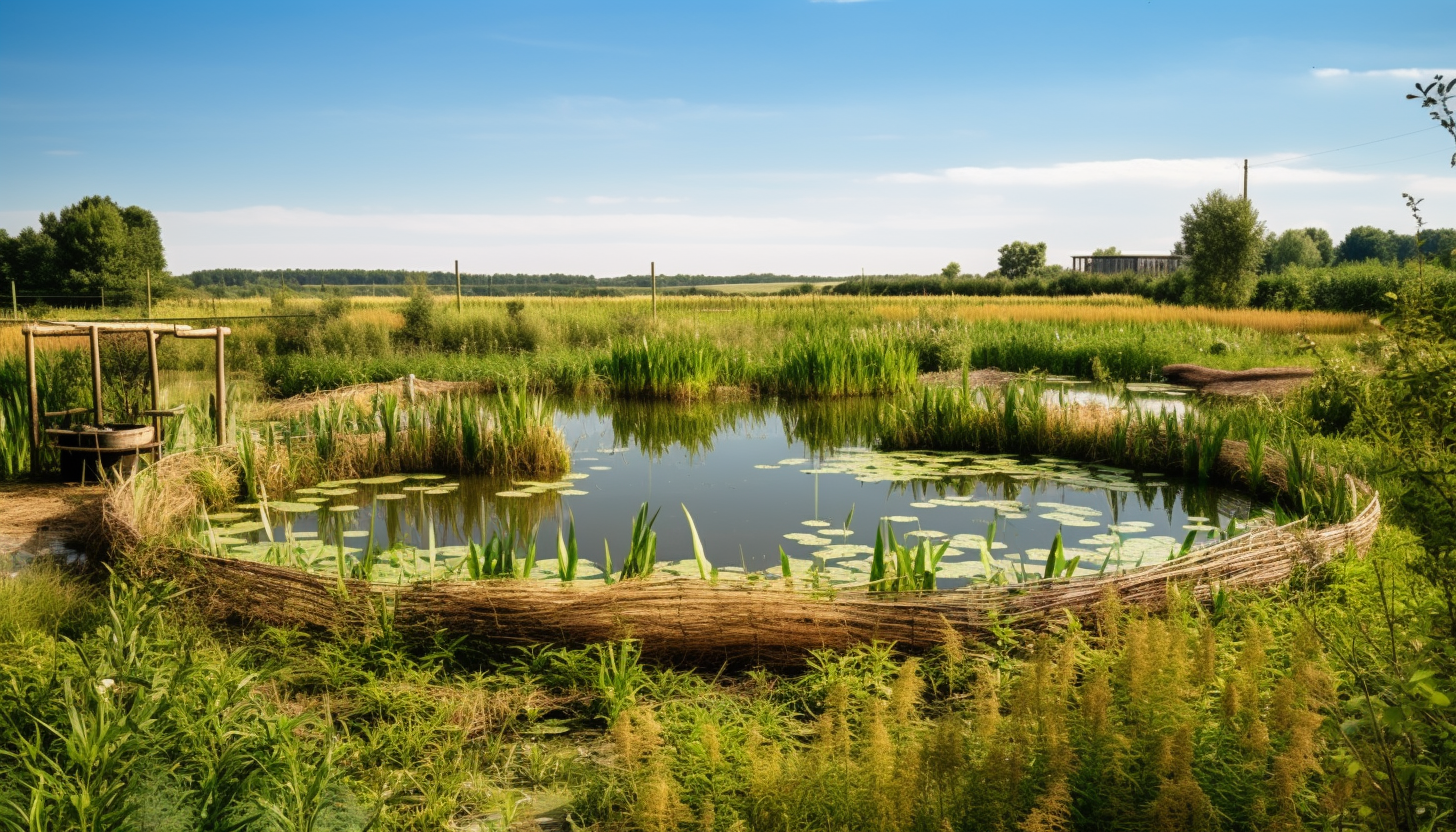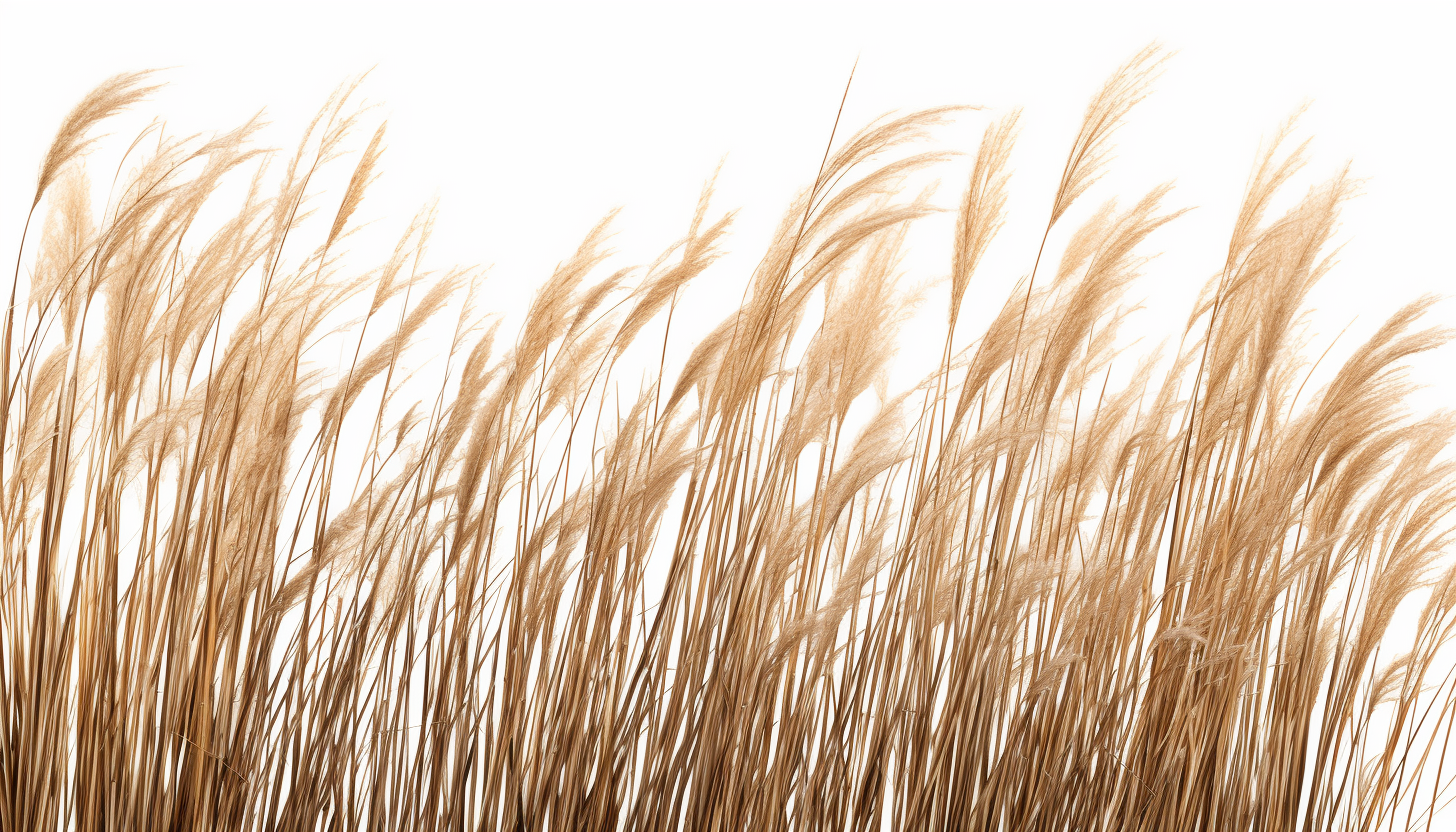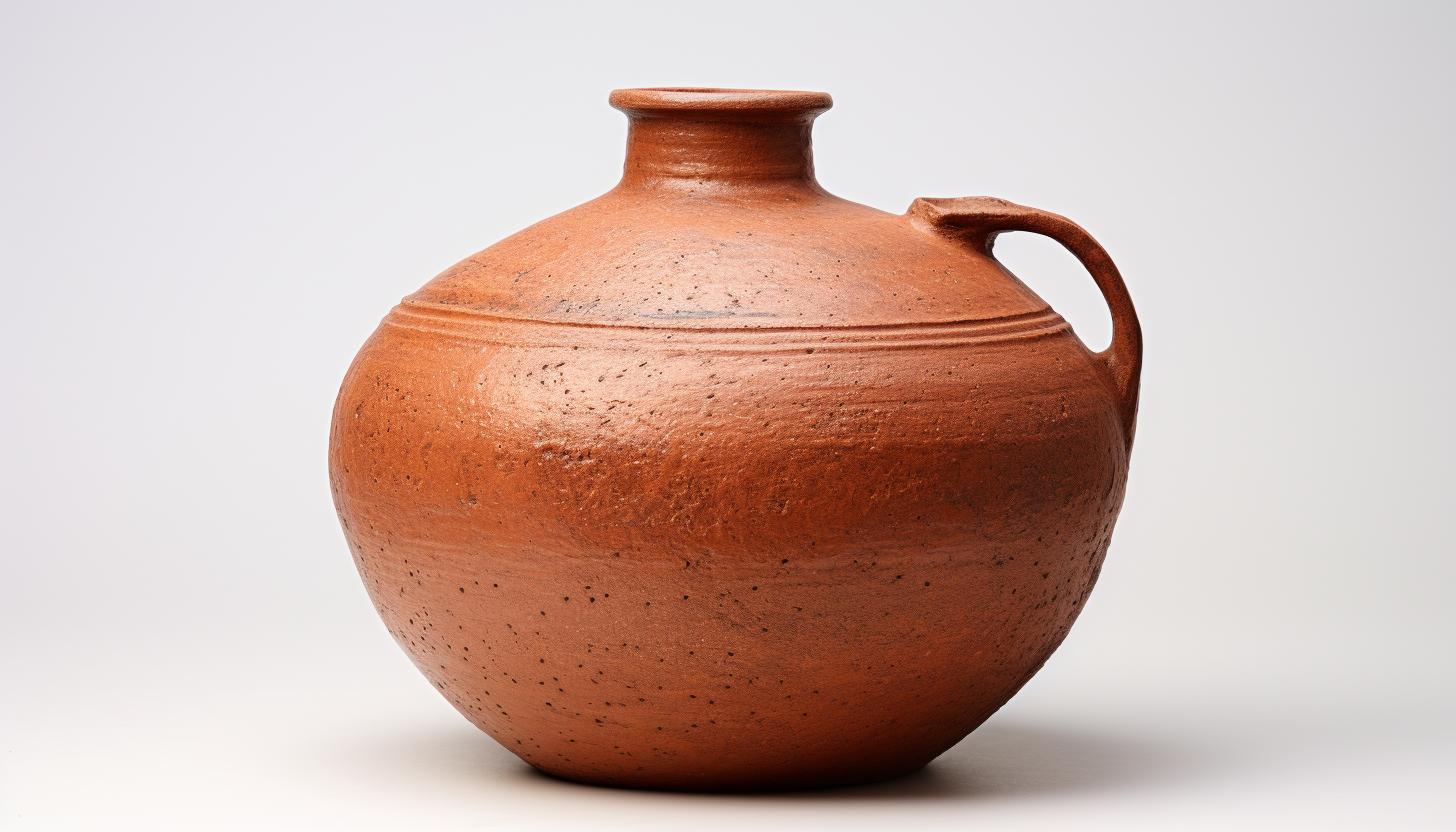Water

Freshwater
- City water
- Well water
Water Capture
Water collection can be significantly enhanced by slowing down the runoff of water, thereby allowing it to seep into the soil more effectively. This approach involves the creation of barriers or interventions that reduce the speed of water as it moves over the land. By slowing the water's flow, these methods increase the time it has to infiltrate the soil, enhancing groundwater recharge and reducing surface runoff.
Wastewater

Greywater
Greywater refers to the wastewater generated from non-toilet plumbing fixtures and appliances in residential or commercial buildings. This type of wastewater includes water from sources such as:
- Sinks (kitchen and bathroom)
- Showers and bathtubs
- Washing machines
- Dishwashers
Greywater does not contain fecal matter, so it is considered less contaminated than blackwater. However, it can still have impurities and some level of chemical or organic content depending on the specific sources.

Plants for Greywater Treatment:
- Reed (Phragmites australis) - Commonly used in constructed wetlands for greywater treatment.
- Cattail (Typha spp.) - Effective at removing pollutants like nitrogen and phosphorus.
- Water Hyacinth (Eichhornia crassipes) - Known for absorbing heavy metals and other toxins but can be invasive.
- Duckweed (Lemna spp.) - Effective in nutrient removal but can also be invasive.
- Bulrush (Schoenoplectus spp.) - Used in wetland systems for treating greywater.
- Iris (Iris spp.) - Can tolerate wet conditions and helps in removing pollutants.
- Rush (Juncus spp.) - Used in wetland systems and effective in nutrient removal.
- Bamboo (Bambusa spp.) - Can be used in greywater systems for nutrient uptake.
- Willow (Salix spp.) - Effective in removing contaminants and can tolerate wet conditions.
- Mint (Mentha spp.) - Can be used in small-scale greywater treatment systems.
Blackwater
Blackwater, on the other hand, is the wastewater that comes from toilets and contains human waste (feces and urine). It is highly contaminated and potentially carries harmful pathogens, making it a significant health risk. In addition to human waste, blackwater may also contain toilet paper and water used for flushing.
Due to its high level of contamination, blackwater must undergo extensive treatment before it can be safely discharged into the environment or reused. The treatment process for blackwater is more complex and requires higher levels of sanitation to ensure that harmful pathogens are removed effectively.
See HTC for possible solutions.
Plants for Blackwater Treatment:
- Vetiver Grass (Chrysopogon zizanioides) - Known for its pollutant-absorbing capabilities.
- Poplar Trees (Populus spp.) - Effective in absorbing contaminants from blackwater.
- Switchgrass (Panicum virgatum) - Good for absorbing nutrients and organic matter.
- Alfalfa (Medicago sativa) - Helps in the removal of heavy metals and other toxins.
- Sunflower (Helianthus annuus) - Can remove heavy metals from wastewater.
- Indian Mustard (Brassica juncea) - Known for its ability to absorb heavy metals.
- Ferns (Pteris spp.) - Effective in arsenic and heavy metal uptake.
- Papyrus (Cyperus papyrus) - Commonly used in blackwater treatment in constructed wetlands.
- Water Spinach (Ipomoea aquatica) - Can absorb a range of nutrients and contaminants.
- Water Lettuce (Pistia stratiotes) - Effective in nutrient removal but can be invasive.
Irrigation
Sustainable irrigation practices are essential for a myriad of reasons. Sustainable irrigation promote water efficiency, minimizing water wastage, and ensuring the long-term viability of the land.
Olla

Ollas are unglazed clay pots used for efficient irrigation, especially in dry climates. They are buried in the ground near plant roots and filled with water. The porous terracotta material allows water to seep directly into the root zone at a rate dependent on soil moisture levels, thus reducing water waste due to runoff and evaporation. Ollas are refilled as needed and promote the development of deep, healthy root systems.